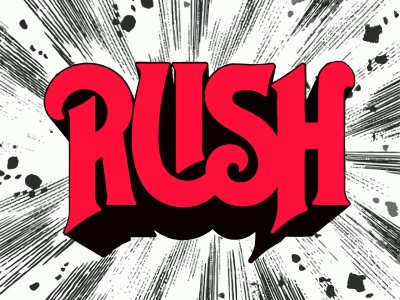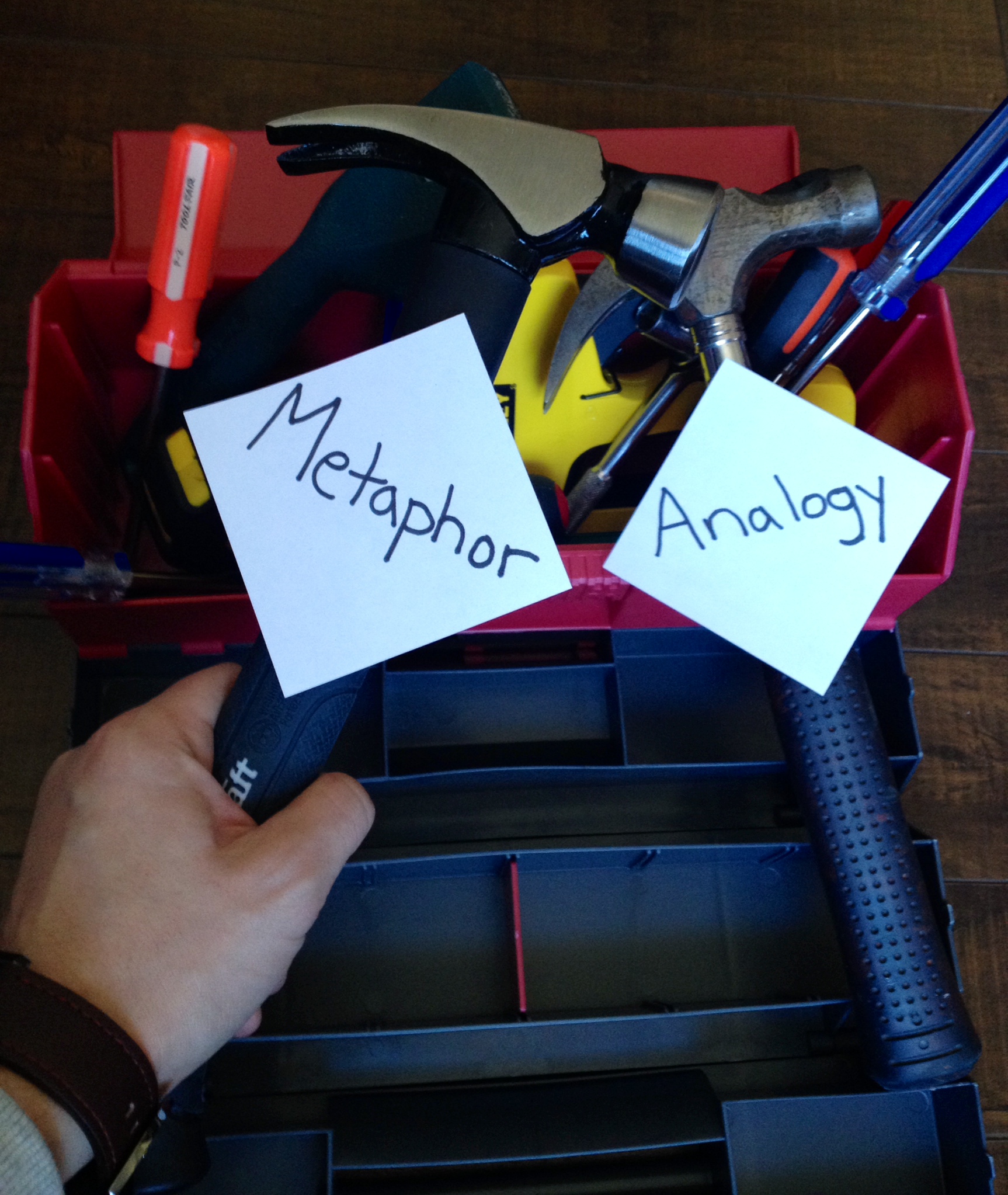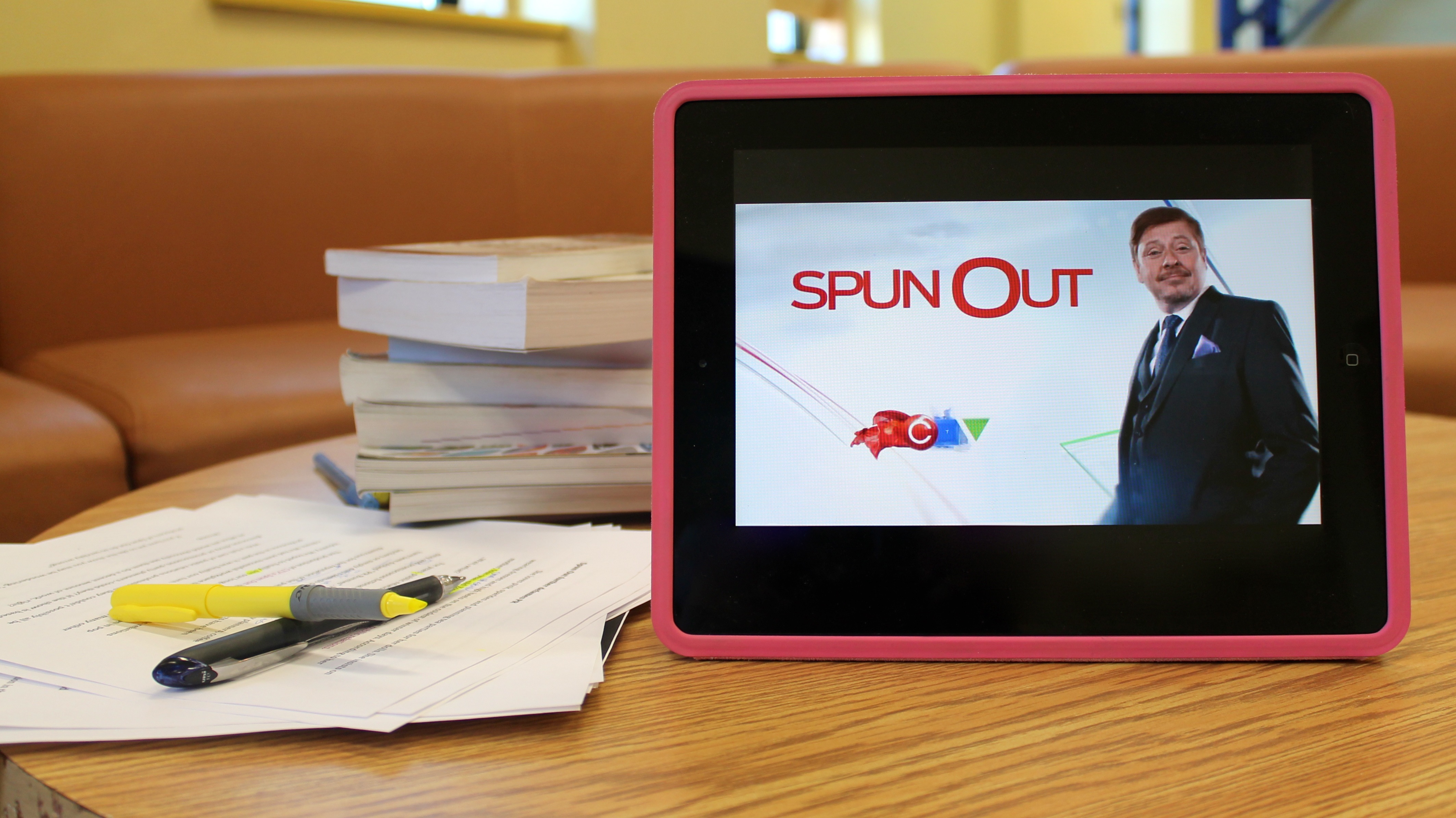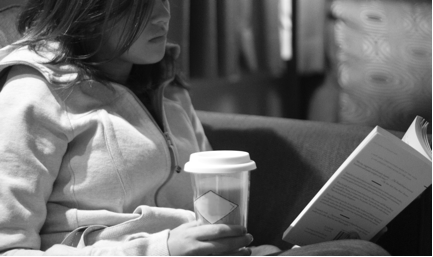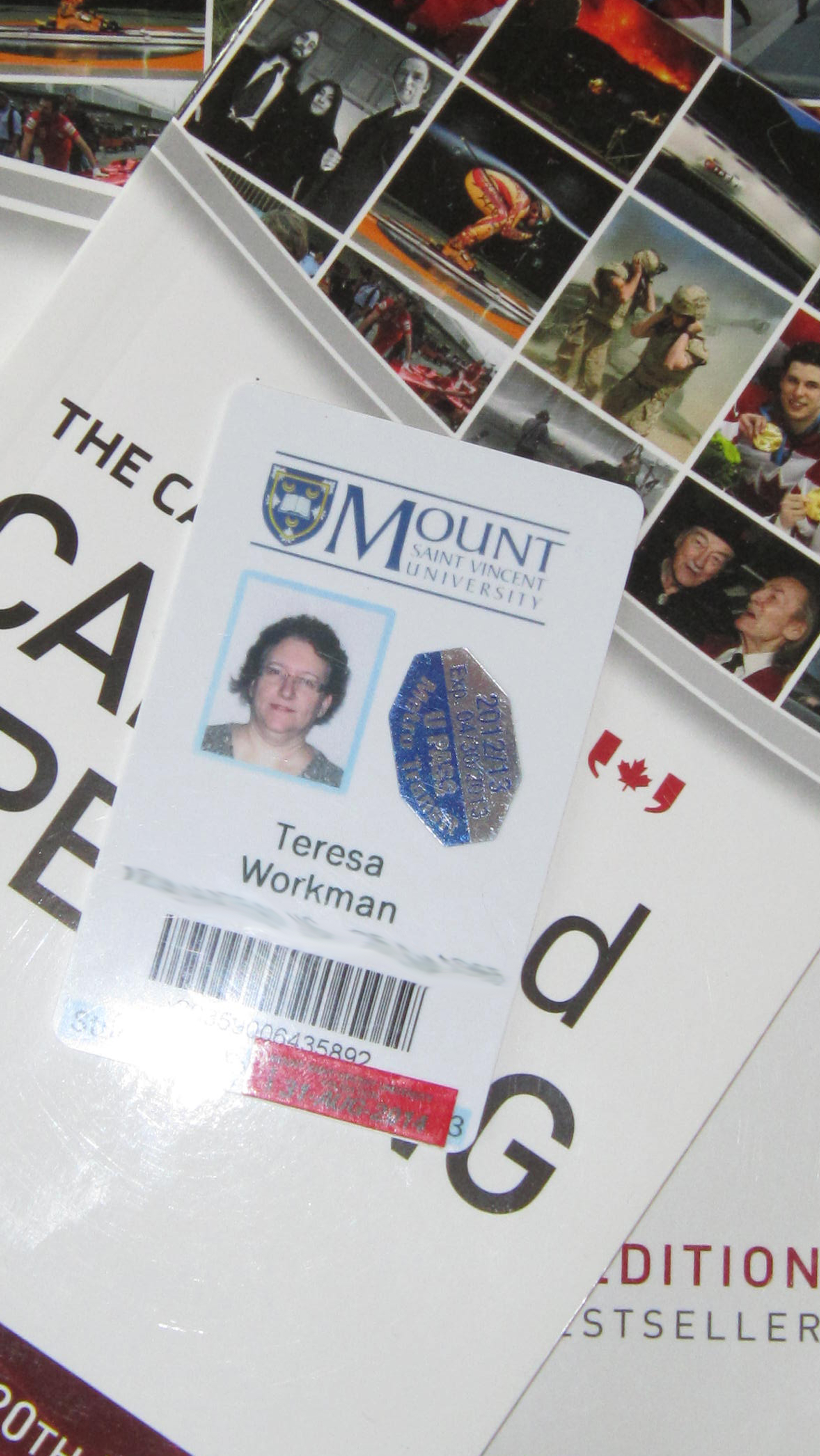Melanie Brister
It’s always better together. I can only imagine the wonderful moment when peanut butter first met jelly, or when mornings were first welcomed with coffee! Such connections were bound to be created at some point – it was their destiny, in the stars aligned.
My fascination with meant-to-be couples has compelled me to make some connections of my own. My latest invention has to do with two things I take very seriously: communications concepts, and the band, Rush. After all, why not bring together my graduate studies learning with my love for Rush?
And so, in this new-found (potentially earth-shattering) connection, it turns out that the two work so well together. Through examining Rush’s lyrics I grew to understand that such a pairing makes complete sense. Now you too can appreciate the beauty of this duo that appears so natural, almost as if this team was supposed to be brought together. Perhaps it was fate (or merely the bizarre mind of a music-loving communications student)?
Rush – Closer to the Heart
The Blacksmith and the Artist
Reflect it in their art
Forge their creativity
Closer to the Heart
Yeah, it’s closer to the Heart
Philosophers and Ploughmen
Each must know his part
To sow a new mentality
Closer to the Heart
Yeah, it’s closer to the Heart
Communicating involves the creation and dissemination of ideas. Here, Rush discusses the importance of creativity in “mold[ing] a new reality” that is “closer to the heart” – that is realistic, compassionate, and functional. Rollo May says that creativity “is the encounter of the intensively conscious human being with his or her world”.
So, whether we create powerful communications practices, or we write a piano piece, both activities require the intensity of the encounter. Indeed such creative processes must be close to the heart as “we cannot really see an object unless we have emotional involvement with it”1.
Recognize too, that in “sowing a new mentality”, one must be cognisant and truthful to the given situation, because only then can the creation be truly authentic. Only then can we create “new kinds of being that give harmony and integration” in our communications processes1.
Rush – Subdivisions
Growing up it all seems so one-sided
Opinions all provided
The future pre-decided
Detached and subdivided
In the mass production zone
Nowhere is the dreamer or the misfit so alone
Here, Rush is discussing hegemony, where one voice dominates. Hegemony can also be associated with the well-known communication theory: agenda-setting. This theory falls on the basis that the media tells us what to think about (that few dominant sources set the agenda for what everyone is to talk about)2. This concept is highlighted in the lyrics above where “opinions are provided, the future pre-decided”.
George Trow discusses hegemony in particular with respect to television and how such hegemony creates “the powerful passive” where we feel comfortable “but for a moment”3. Hegemony is pervasive, and provides illusory satisfaction (i.e., “shopping malls”), where we think we have everything, but we really have nothing. Nowhere in this image can the dreamer truly be satisfied, can the dreamer truly be free.
Luckily, opportunities now exist where a person can voice their opinion through blogs, in the classroom, on social media, etc., and that one will not be penalized (for the most part) because of this. Nevertheless, we must be consistently reminded to think critically in our communication activities, and to have the courage to think differently and to move against the hegemonic voice. By breaking the dominant voice, the “misfit” is no longer so alone.
Rush – Limelight
All the world’s indeed a stage,
And we are merely players,
Performers and portrayers,
Each another’s audience
Outside the gilded cage.
Erving Goffmann discusses the presentation of the self and how our actions can be technically seen as ‘performances’ and that these performances are coordinated in ways such as our appearance (the way we look), the setting (the environment of the performance),etc. Such coordinated actions present the essence of ‘this is a game we are playing’, which is highly inherent in the above selected lyrics4.
The presentation of the self can thus be manipulated to meet the given demands of the situation. Co-op students know this well, as they choose to coordinate their performance in a way that would make them seem favourable to a potential future employer. Further, they consider dress, mannerisms, portfolio pieces, etc., prior to entering the interview. Such detailed performances are highly inherent in public relations activities, particularly among organizational officials.
So, recognize the performances, the stage, and the portrayers. Recognize that these actions can be guided and calculative – but that, in some respect, they don’t always have to be. True expressions, such as love or the beauty of the sunrise, break these performances and just allow you to simply be.
Rush – Chemistry
Signal transmitted
Message received
Reaction making impact
Invisibly
…
One, two, three
Add without subtraction
Sound on sound
Multiplied reaction
H to O
No flow without the other
Oh, but how
Do we make contact
With one another?
Anyone who has taken a communications course has learned the fundamentals of the communications process, where the message is sent along a stream involving: source, encoding, channel, decoding, and receiving. Rush simplifies the communications process by simply stating the beginning and end point of this process. What the band does highlight (and which the model does not) is the importance of human connectivity. That any message we send can indeed be received and coded by the recipient, but can nevertheless lack emotional engagement and mutuality. So, a person can nevertheless receive the message but, in the interpretation and ‘making-sense-of-this’ process, distort the message altogether.
If we really want “to make contact with one another”, we must be fully present and aware. If not, “people cannot reach us neither can we reach them, and they are always distant from us. So we become façades to one another, living always with the illusions created by the façades. Thus the penalty for invulnerability from discovery is isolation and illusion”5.
To truly communicate – to truly live – we must be able to fully encounter reality. Only in this way can we come to understand the communication process, the situation, one another, and ourselves. To simply be a warm body is never enough. I think Rush would agree that there are few things as beautiful as the growing and developing of ourselves through one another.
References
1. May, R. (1975). The courage to create. New York: Norton.
2. McCombs, M; Shaw, D (1972). “The agenda-setting function of mass media”. Public Opinion Quarterly 36 (2).
3. Trow, G. W. (1981). Within the context of no context. Boston: Little, Brown
4. Goffman, E. (19731959). The presentation of self in everyday life. Woodstock, N.Y.: Overlook Press.
5. Henry, J. (1973). On sham, vulnerability, and other forms of self-destruction ([1st American ed.). New York: Vintage Books.

